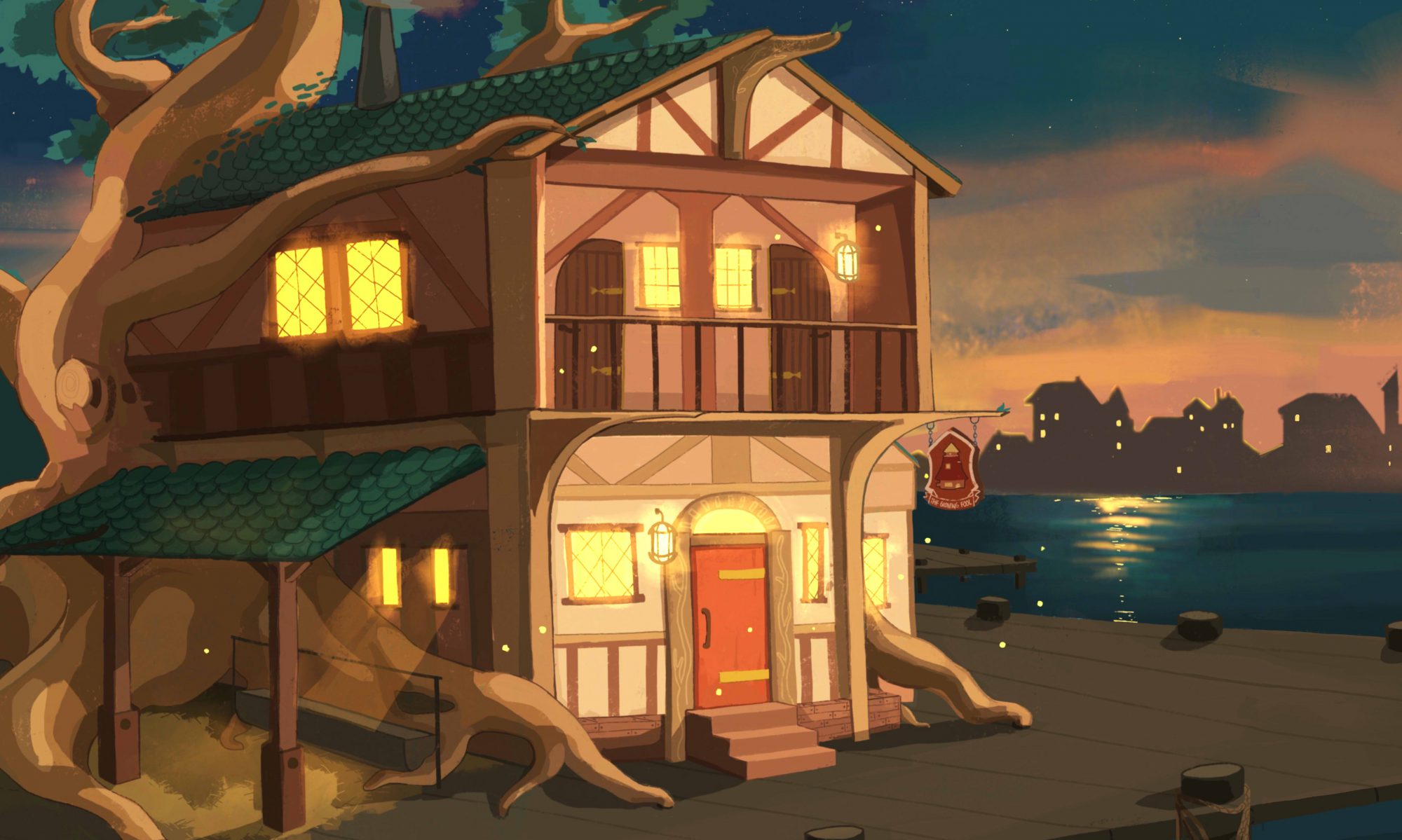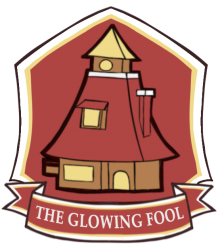I was in Earl’s corner office that overlooked the harbor when he pitched me the latest blog post for his website. His eyes lit up as he excitedly told me: “Alex, I want you to write the next blog post and it should be titled ‘Why do players think Earl is a magnificent DM?’”.
I paused and thought for a moment. Thankfully I remembered the golden rule from improv, “yes, but…”. So I told Earl, “Boss, that’s a great idea! But I think everyone already knows you’re a great DM, what if…”
The conversation went on for hours as the sun slowly sunk into the sea, a brilliant orange scattering across the water. We finally came up with this topic instead.
I’ve been fortunate enough to play with a handful of different Dungeon Masters (DMs) and especially lucky to be playing with a group that plays weekly for the last two years. Occasionally I will even venture to the other side of the table as a DM.
Here I’ve listed six things I’ve noticed about DMs as a player. Some of it is my personal experience and preference but I think it can be applied to most tables.
1. DMs set expectations appropriately
There are many good DMs, but a perfect DM will ultimately be player preference.
Do players want a game that is combat heavy? Spending time maneuvering miniatures around, digging through spell lists to find the perfect spell to obliterate enemies? Or do players prefer role playing and chatting up NPCs? Oftentimes players will want a mixture of the two.
I played a “Lord of the Rings” roleplaying game for a couple of sessions. The DM was masterful in his descriptions, I was easily able to imagine the dark dungeons we were pillaging and the DM’s facial expressions for a thoughtful and slow-moving Ent were spot on. However I was bored to tears with the character my DM picked for me. My character had little to no interesting abilities or spells, and it seemed like the DM wanted to play a game where characters were supposed to be constantly struggling. In other words, it was simply a different game to what I was expecting. While I was thrilled to be playing some D&D after many months of not playing, ultimately this wasn’t the type of game I was interested in.
So DMs, have a session zero. This is where you and the players decide what kind of game you want to play.

2. DMs immerse players in the game
Not all players need a DM who can paint detailed pictures of the world that the characters live in, but doing so can make games more engaging. Describing what the players see isn’t the only way to immerse players, there are many ways to draw players into the world.
Once my party and I were trying to sneak out of a Yuan-Ti encampment. To simulate the stealth aspect, instead of rolling as we normally do, my DM instead pulled out a Jenga tower. Each time we moved we would have to pull out a piece and when the Jenga tower collapsed the Yuan-Ti would surround us. It was a great and different way of immersing us players in the game. Side note: I was bad at this, I tried to play Jenga like I normally would, which was to aggressively pull Jenga pieces from awkward positions. It did not end well. My party was not happy with me.
So as a DM try out different things and figure out what works best for you and your players. Here’s a list of ideas to get you started:
- Describe the world with not only visual descriptions, but include other senses such as smell, touch, etc.
- Give your NPCs a quirk or interesting trait. Have them talk with interesting accents
- Play background sounds and music
- Find images that match the environment and setting
- Utilize props. Jenga towers! Physical puzzles! Candles and fire!
3. DMs get all players involved and give them agency
A good DM will make sure that their players feel like they’re actively involved in the game. Is there a rogue in the party? Create opportunities for the rogue to pick locks and sneak past guards. Does the barbarian like to smash things? Give them things to smash. Has a player been quiet? Ask what their character wants to do.
Also allow players to do unexpected things. Some of the best moments in a D&D campaign come from players who come up with bizarre and unique solutions. If the players have to break into a fortified castle, there are many ways to go about it. Whether it’s strolling up to the doors, seducing a guard, or scaling the walls, let them see where their decisions take them.

4. DMs leverage backstories
I had a character with a very convoluted backstory. It involved romancing a prince, faking my death, and elves being really pissed off at me. After playing for months I lamented to a friend, “I had this ridiculous backstory but I doubt my DM will ever weave it into the game”. The next session my character was kidnapped and my DM pulled me aside to tell me that elves had put a bounty on my head. My character and I simultaneously both had an “oh shit” moment.
So how can a DM leverage a player’s backstories? Use “Knife Theory”: take interesting people and events from the players’ backstory and insert them into the current game. Does the character have a favored family member or a dark hidden secret? That’s a knife. As the DM you can use the knife to stab the character. Close family member? Now they’re kidnapped for ransom. Dark hidden secret? Other players find out the secret and start questioning you. Players will hopefully have the same “oh shit” moment I had and become really invested in the story.
5. DMs know the rules … but don’t expect them to know ALL the rules
Things run a lot smoother when DMs know most of the general rules. That being said, the onus is on the players to know their characters. You can’t expect the DM to know every little detail about all classes and all races! If both players and DMs know the rules well there will be less time involved with flipping through rulebooks and more time to have adventures.
The player’s handbook is probably the most comprehensive place to read about the rules. Wizards of the Coast also offers a free basic rule set. If you just want a quick summary of the rules you can use this cheat sheet.
There are many more resources available on the internet, just remember to also share them with your players.
6. DMs ensure their players have fun… and that they have fun too!

As a DM you’re probably spending countless hours preparing for a session that will probably run for a couple of hours. It’s a significant time commitment, so make sure you and your players are enjoying it.
The whole point of playing D&D is to murderhobo everyone have fun. Enthusiasm is contagious—if my DM is enjoying the game the players are also enjoying the game.
As a DM make sure you take care of yourself, if you ever feel burnt out from a campaign ask one of the players to take a crack at running a one-shot.
Each group will be different, and some of these tips will be more useful with some groups than in others. Don’t be afraid to try different things and see what works best for your group!
On a final note, I’m eternally grateful to all the DMs I’ve had, especially because I know it can be extremely time consuming to prep for every session. To players reading this, thank your Dungeon Masters!
Alex has spent the last several years playing various characters in D&D. When he has too much free time, he’ll even DM a session or two. He has a knack for rolling natural 1s.


